When young consumers have fallen in love with hanfu, traditional culture and trendy fashion are on a collision course, setting off a time-traveling craze.
As a carrier of traditional culture, hanfu has continued to spread explosively in recent years, gradually moving from a niche hobby to popular recognition, and creating a new consumer market of tens of billions of dollars.
The beauty of hanfu: from a niche hobby to popular recognition
Dong Yihan, who returned to Shanghai after studying in France, is an automotive engineer by day and a street performer by night. He is good at playing traditional musical instruments such as Di and Xiao, and even if the summer in Shanghai is hot, he insists on wearing a full set of hanfu when performing.
The long robe is fluttering, and he wears it from the Seine to the Huangpu River. "Just as I want people to be able to enjoy a piece of ancient traditional music in its entirety, I also want to be able to present such a set of costumes in its entirety, which together form a 'Hanfu Style' as a whole." He said.
Broadly speaking, hanfu is a system of traditional Chinese clothing and accessories with a unique Han ethnic style, formed through historical evolution and dynastic changes.
In hanfu circles, hanfu fans call each other "Tong Pao (同袍)," a term derived from the poem "Classic of Poetry (诗经)" which says, "岂曰无衣, 与子同袍 (Are you not battle-dressed? Let's share the plate for breast!)"
When more and more "Tong Pao" like Dong Yihan appear in the streets at home and abroad, and people no longer look at them differently, it is a sign that this once-niche aesthetic is moving toward popular recognition.
By the end of 2020, Chinese hanfu fans have reached 5.163 million and are expected to reach 6.894 million in 2021, with the young group represented by Generation Z as the mainstream consumers.
The pursuit of "beauty" is the reason why many young people have started to like hanfu. According to an online hanfu consumption insight report released by Tmall, female consumers account for nearly 80% of the total, with "pre-90s" more concerned with materials and patterns and "post-90s" more concerned with shapes and styles.
The psychological needs of "Generation Z" for freedom, individuality and immersive experiences are fully reflected in these personalized outfits, while the classical aesthetics of hanfu and the cultural heritage carried by the revival of hanfu give this wave a more distinctive connotation of the times.
Hanfu economy: from a niche category to a billion market
As an important part of the "China-chic" economy, hanfu is gradually developing from a niche clothing category more than a decade ago into a large-scale industry.
Because the hanfu clothing system is so rich, with different shapes and styles and scenes of demand, plus many differentiating factors such as brand design, fabric craftsmanship, and patterns, there are many price tiers of hanfu. The high-end brand Minghuatang, for example, sells its customized hanfu robe sets for more than 6,000 yuan, and its official website shows that the costume work schedule is already scheduled for June 2022.
"The most expensive Mamian skirt I've ever bought was 13,800 yuan, because it uses the intangible cultural heritage Kesi process." hanfu enthusiast Bian Zhihua said.
Bian Zhihua has formed the "Jiuzhang Han Culture Study Group" community, which currently has more than 1,200 members. "Some of the high-priced hanfu I bought are restored style, using high-grade fabrics and handcrafted techniques, and are mainly used for offline lectures and events.
My groupmates and I still wear hanfu made of chiffon, cotton, and linen on a daily basis, because the hobby is just a part of life, we still advocate rational consumption and the healthy development of hanfu culture." She said.
At the same time, more young hanfu brands are trying to fashion and daily hanfu elements. Although there are still disputes within the hanfu circle between the "restoration" and the "improvement" overall, the market's enthusiasm, the proliferation of businesses, and the addition of capital are making this once-niche category grow into the most promising "China-chic" new track, and both directions have emerged a number of head enterprises, leading the industry development trend.
From 2015 to 2020, China's hanfu market has seen a surge in sales from 190 million yuan to 6.36 billion yuan, with the market expected to exceed 10 billion yuan in 2021.
Diversified integration: from collaboration to cultural inheritance
Hanfu economy is no longer limited to the sale of clothing, but also extends to animation, games, beauty, wedding, film and television, cultural museums, tourism and other related industries, allowing this traditional culture to find a diversified path to integrate into modern society in the collision with fashion trends.
Cross-border collaboration has become a major driving force in expanding the influence of hanfu. When the "Tang Palace Night Banquet" became popular, hanfu brands launched collaboration hanfu style, such as Duijin Shan and Qixiong Ruqun. In addition, cooperation with online games, costume films, and TV shows that have brought hanfu to a wider consumer base.
The costume is one of the iconic carriers in cultural identity, and with hanfu as the entry point, more and more young people are participating in the heritage and development of traditional culture with great enthusiasm.
Data shows that by the end of 2019, the number of hanfu cultural associations worldwide has exceeded 2,000. Bian Zhihua's "Jiuzhang Han Culture Study Group" regularly organizes various elegant activities, including Chinese calligraphy and painting, poetry appreciation, and tea experience. "We also look for public resources to do activities to help spread traditional culture, such as parent-child museum visits in hanfu and public lectures on hanfu culture, so that people can appreciate the beauty of traditional Chinese culture at a deeper level through the beauty of hanfu." She said.
The offline experience forms a linkage to the online spread of social media. The major social media platforms are driving the continued enhancement of hanfu-related content creation and cultural communication.
Since Tang Susu first started making Chinese hanfu costumes, she has been updating her process of making 68 pieces of hanfu by hand on Weibo, and exchanging her experience with other "Tongpao" through videos.
After being admitted to Fudan University, she applied to the Department of Cultural Heritage and Museum Studies in 2018, hoping to study ancient Chinese costume culture more systematically and deeply through professional study and knowledge accumulation. From a novice to a professional hanfu maker, hanfu became a hobby to a direction for her future career planning.
Predictably, the hanfu industry is moving from "free growth" based on love and sentiment to standardization and standardization. The practitioners concerned should not only truly communicate and dialogue with young people to their heart's content, but also base their innovative expressions on a full understanding of traditional cultural resources, so as to better carry forward excellent traditional culture through industrial integration.
Contributed article from Xiayang (2021 Hanfu Free Giveaways & Contests -PLAN C), Ling assists with article layout and detailing.

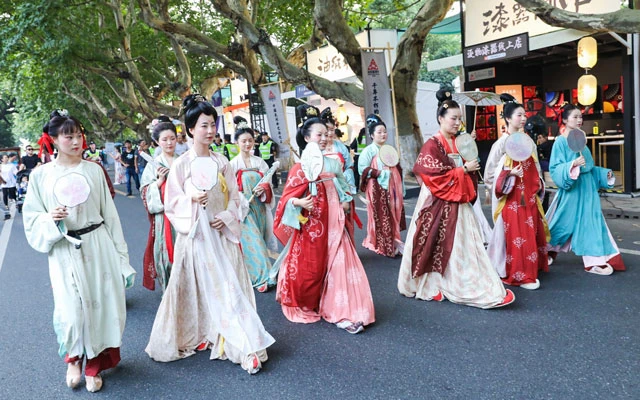
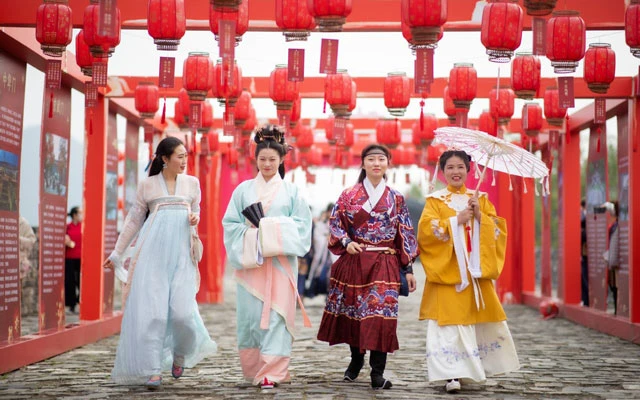
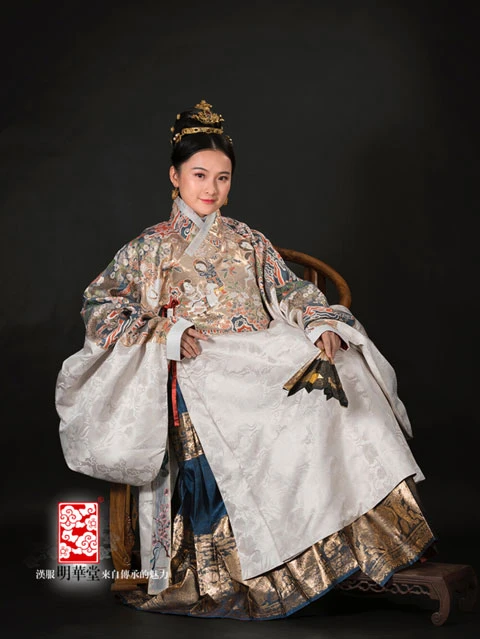
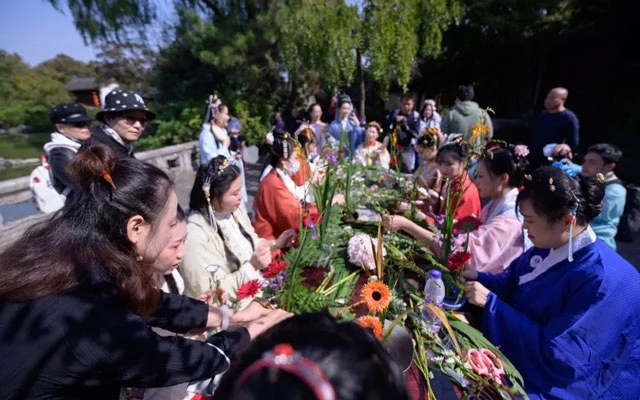
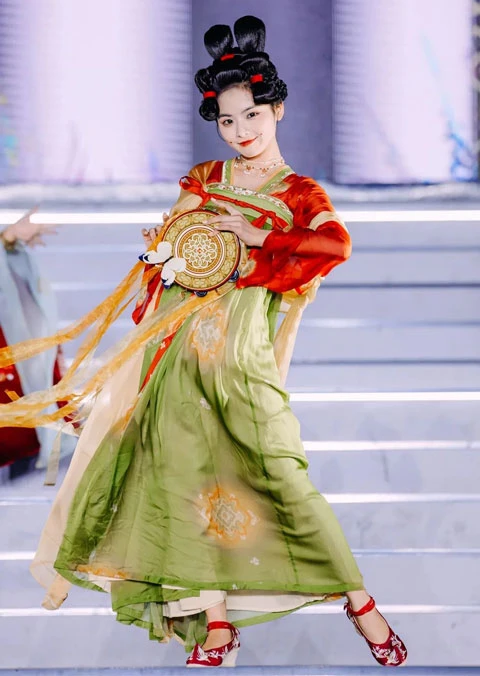
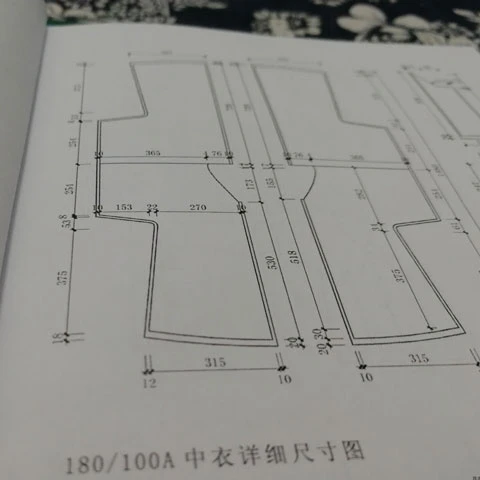

I really hope the hype gets not only to aesthetics, but sustainability and green movement.
Too many people are silently contributing to hanfu, which is the basis for every industry to be able to continue to grow.